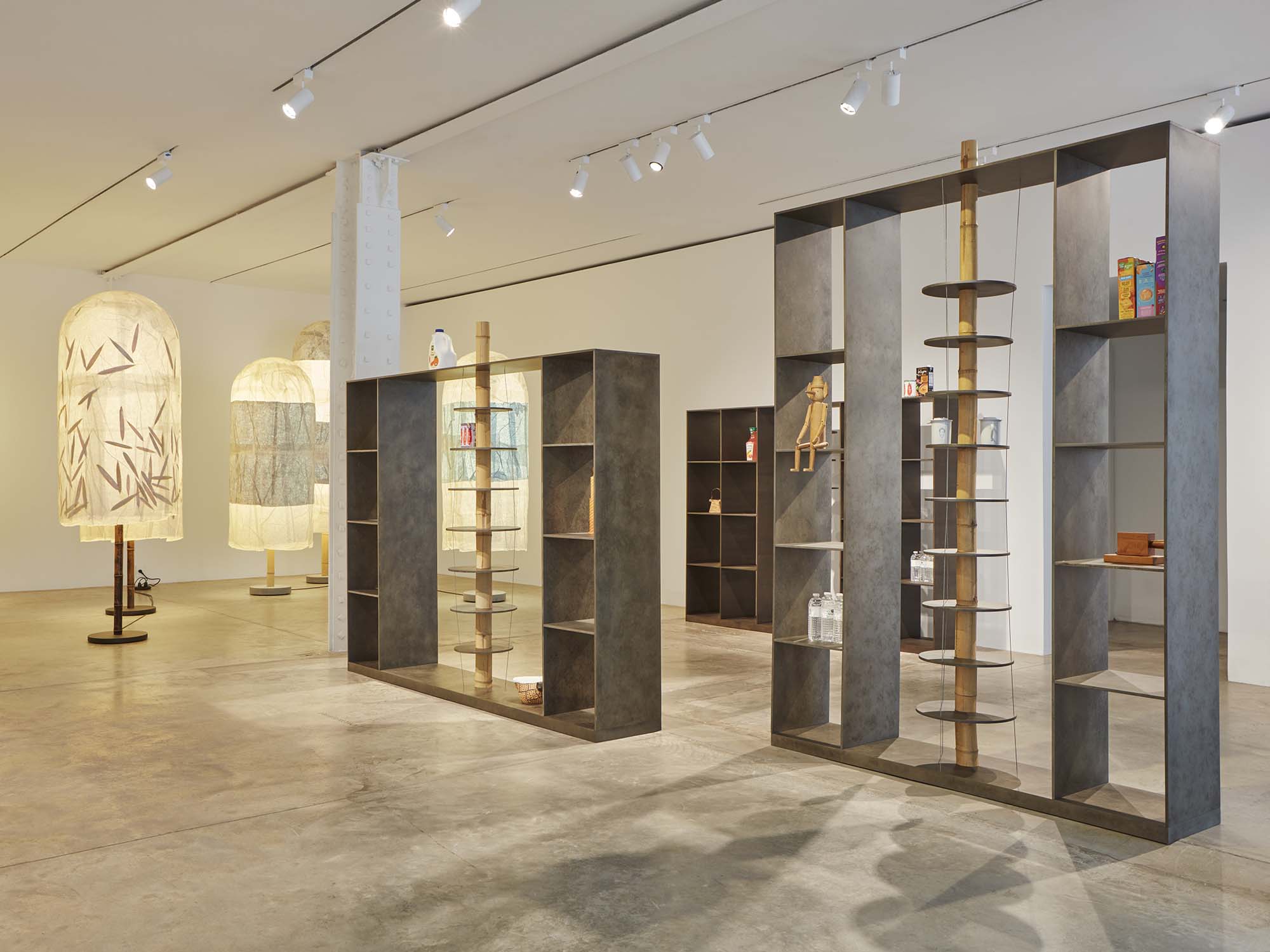by Glenn Adamson
“My prophecy comes down to this.” It’s Andrea Branzi speaking to us, from a distance of 36 years ago. He was writing in the slim book that accompanied his Animali Domestici (Domestic Animals), a then-new design collection composed of found natural elements (branches, pelts) and rigidly schematic structures. The reader prepares to smile. Past predictions always gratify, usually by being so completely wrong. The Branzi of 1987, however, offers no such simple pleasures. Instead, his text is eerily, even unnervingly prescient. Consider these statements, just a few of the many that populate his manifesto:
Post-industrial society and the electronic revolution will lead to more and more time being spent at home, time for working studying, and living. Domestic dwelling will become central to our lives.
What is being created are many different stylistic enclaves, each of which is permanent, stable and pure: it is we who will take care of their contamination and their hybridization, by moving freely from one to another.
Our participation in events is both increasing and decreasing. Our awareness of tragedies as they happen has grown, yet at the same time everything has become more fictitious, televisual, indirect.
What awaits us cannot be anything other than a post-television society; that is, a society in which the television is present, but in which it has become a system of decoration.
Branzi anticipated so many of the defining dynamics of our digital age: pervasive cultural tribalism; the transmutation of information into a commodity; the emotional deadening produced by a surfeit of news, both fake and otherwise; even the recent, pandemic-quickened trend toward remote work. Yet what’s most striking about these predictions is not so much their accuracy as their suggestiveness. It’s not so much that Branzi saw things coming – though he often did – but that his reflections on these emergent phenomena continue to be provocative, even today.
This only begins to indicate Branzi’s unique stature and significance. No other figure, in the past half-century, has so excelled as both a theorist and a designer. His voluminous writings and prodigious material output are mutually enlightening, but not mutually reducible, either one an illustration or explication of the other. They are intimately entwined, while not quite touching – a double helix of genetic material. If there is a commonality that runs along this spiral, it is a propositional mode of thinking, a stance akin to that of a conceptual artist. Each of his texts and objects is a case study in new thinking, its implications unlikely to be resolved even as history moves on.
When we go back to Branzi’s statements and creations, they always retain this open-ended quality. This is true all the way back; his 1970 project No-Stop City, for example, remains an inexhaustible resource for philosophical urbanism. And it is certainly true of Animali Domestici, a body of work to which Branzi has now apparently returned – though in truth, he never left it, for his ideas and objects are always accumulating and deepening, rather than succeeding one another, as mere fashions do.
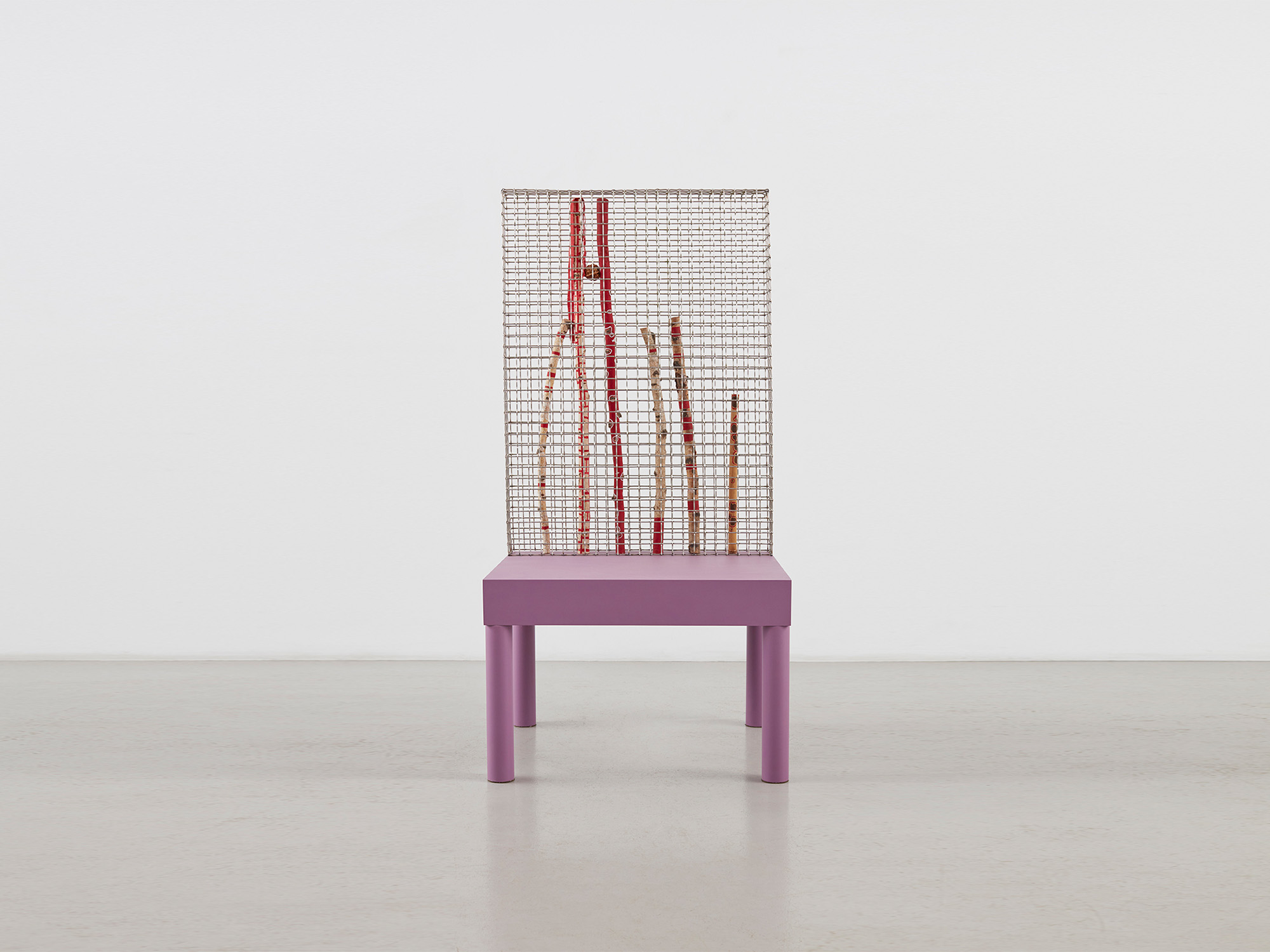
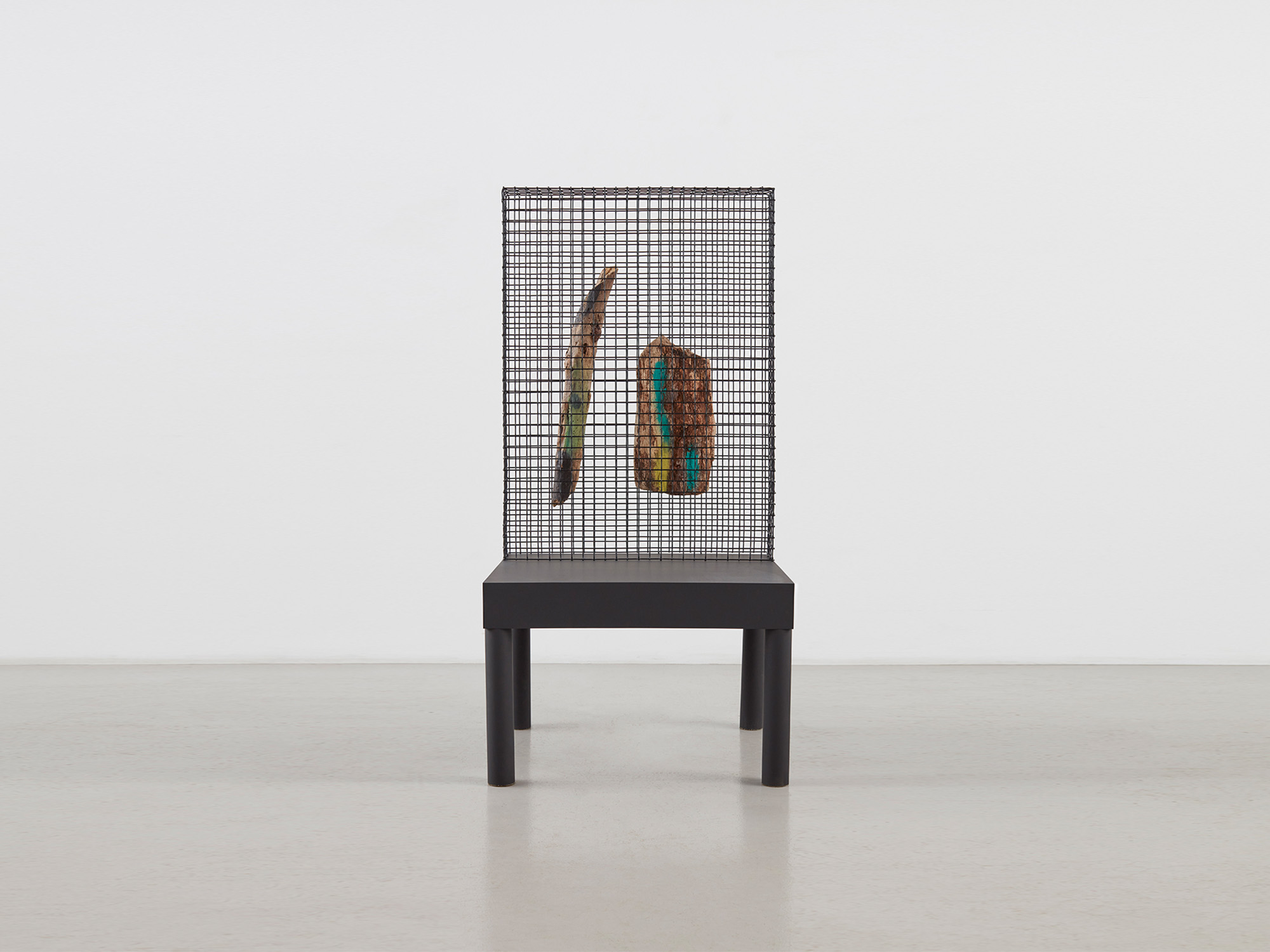
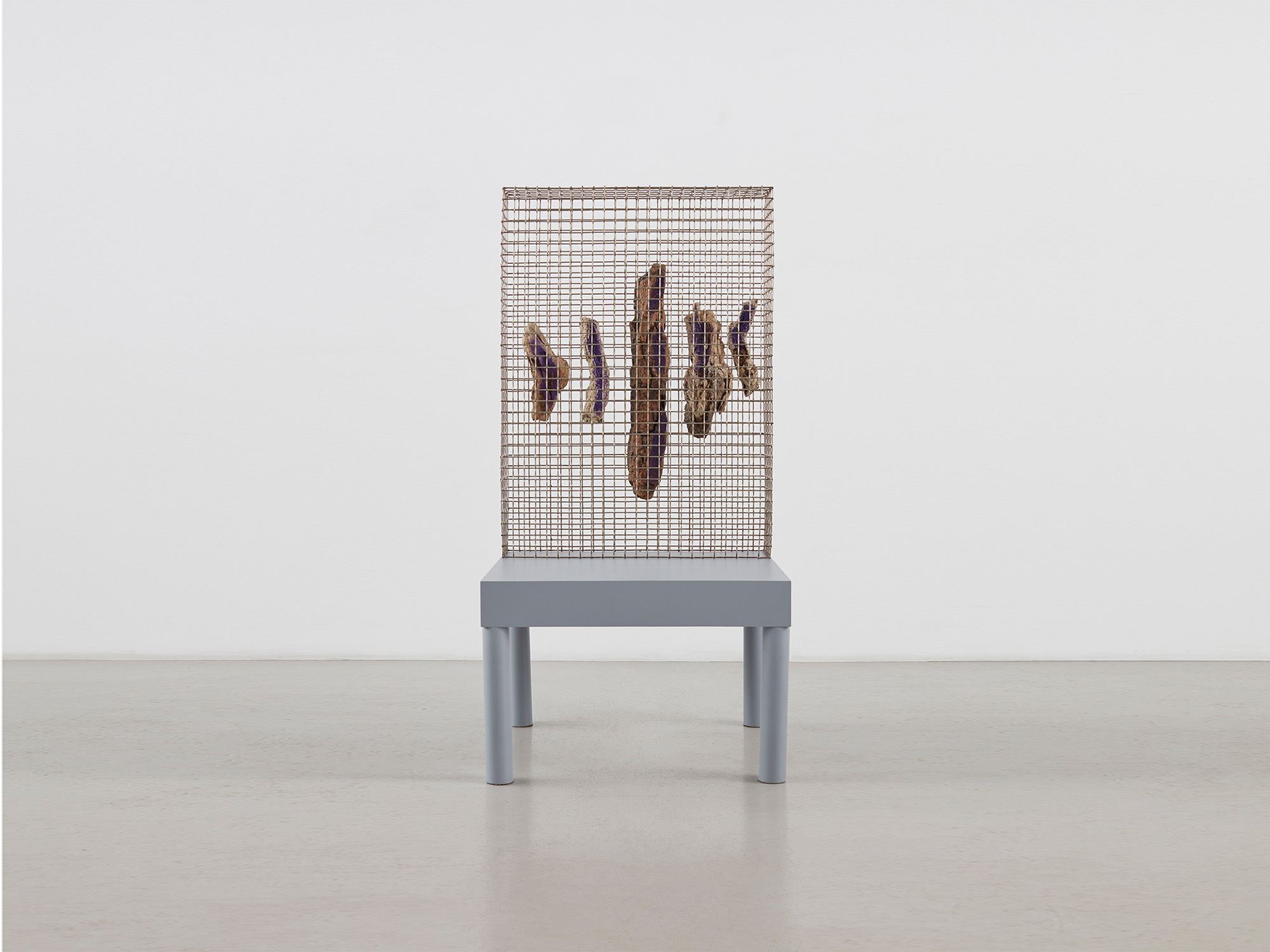

In its original moment, Animali Domestici was a startling intervention. Working closely with his wife Nicoletta Morozzi, who developed a related series of garments under the title “City Animals,” Branzi departed radically from what had, until recently, seemed quite radical in its own right: the Memphis collective and its many imitators. Branzi was himself a member of Memphis, and had also collaborated with its leader, Ettore Sottsass, in the preceding group Studio Alchimia. He quite literally wrote the book on these initiatives: Hot House: Italian New Wave Design (published in 1984), which remains the most readable and relevant book ever written about radical design.
Yet the position that Branzi occupied among the radicals was always, to some extent, that of a loyal opposition. His work for Memphis never fit into the group’s gleefully artificial, media-ready output, and in retrospect can be seen as a premonition of his subsequent turn toward “neo-primitivism.” With Animali Domestici, he put nature at the heart of his practice. His intent was partly critical, a commentary on the attenuated effect of industriallyproduced consumer goods, “technical instruments devoid of grace and valued only of their utility.” But he was also putting forward an alternative, reinstating the archaic conception of the artifact as a vehicle for spirituality, emotion, and poetic significance.
Over the ensuing decades, Branzi has remained true to this vision. In his Plank cabinets, which also juxtapose found natural elements with fabricated geometries, he used that dialectical opposition to frame volumetric space, rendering it charged with implication. (There is a fascinating contrast between these pieces and Sottsass’s contemporaneous case furniture, with its muscular, off-kilter compositions. If Sottsass was giving free rein to his exuberant architectural sensibilities, Branzi was creating austere and autonomous essays in containment.) In parallel, Branzi developed a series of monumental lamps, the height of a person, draped with Japanese washi paper. Typically for him, these designs are literate and allusive – they clearly nod to Isamu Noguchi’s Akari lighting and, more subtly, to East Asian scroll paintings – but also transcend their references. They are ultimate objects: replete, immanent, and present.
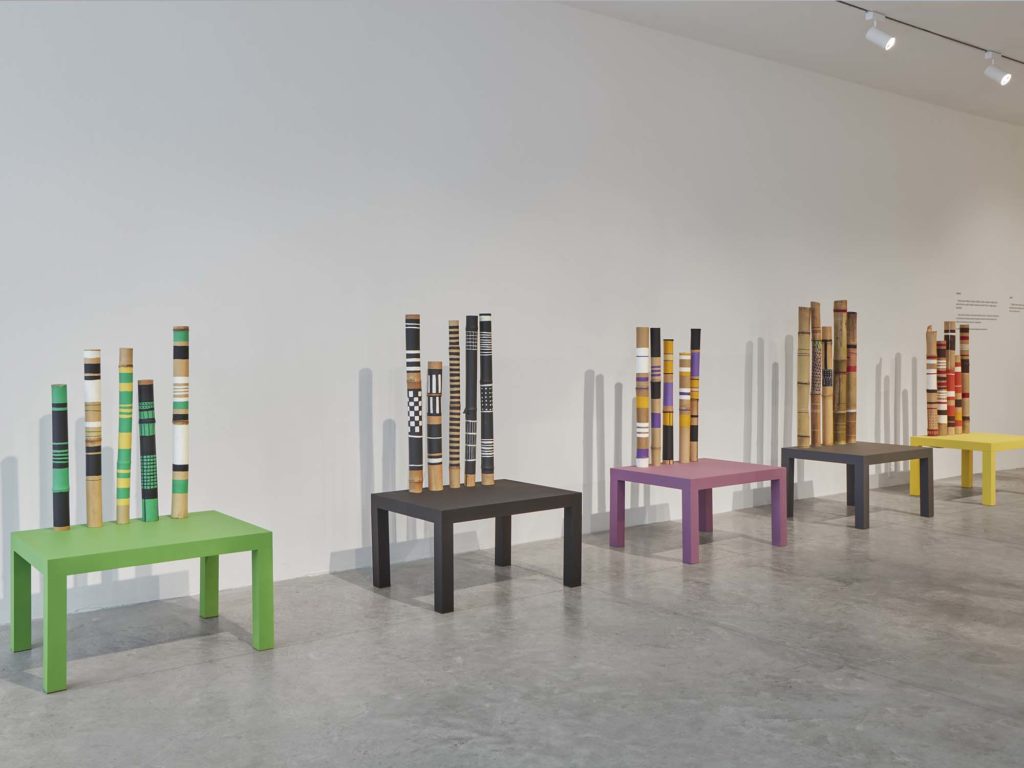
All of which leads us to now. He’ll turn 85, this year. So it’s inevitable that this new exhibition will be understood as “late work,” and perhaps even as a conclusive statement, a summation of sorts. The exhibition certainly offers some encouragement in this direction. The format introduced in the Plank cabinets – rectilinear structures, populated by organic sculptural elements – is reprised in Branzi’s new Buildings, which also evidently refer to his architectural thinking. There are also new iterations of his large lamps, enlivened by bamboo and maple leaves cast within the paper, drifting downwards as if caught in a shaft of forest sunlight.
Then there are the new works in the idiom of Animali Domestici, to which he has given the title Germinal (meaning generative, in the sense that plant seeds are). Several of these feature upright compositions of bamboo, painted in polychrome stripes, lending them a flag-like, emblematic appearance. In combination with the compressed, tautly composed Buildings, these seating forms prompt thoughts of modernist geometric painting. When I asked Branzi about this connection, he agreed there might be something to it: in Piet Mondrian’s works of the De Stijl period, for example, “everything is precise and ordered, contained in a frame; this corresponds to deep thinking.” Yet the striping of the bamboo, here, is not really abstract; it actually emphasizes and articulates its natural features, its irregular rhythms of node and stem. (This distinguishes it from the painted metal faux bamboo that appeared in some of the original Animali Domestici.) The effect is to emphasize their diversity – an important value in Branzi’s work generally – and their massed, aspirational verticality. As he notes in a statement on these pieces, they resemble a church’s organ pipes; they are “straight as spindles, useless as religious thoughts.”
The adventitious quality manifested in the found bamboo, in the Germinal seating, is still more evident in the closely related Roots series, which features bits of found driftwood displayed within enclosures of metal mesh. The imposition of this grid could, certainly, be read as a sort of incarceration. Branzi says that he thinks of it more as protection – the pieces are like bird cages, perhaps, with fluttering, vital life within. The relics contained within the furniture have arrived there by happenstance. “Similar to thought or philosophy,” Branzi told me, “they don’t have a reason why they’re there. They are brought there by streams, the wind.” The importance of surprise, and discovery, in these works complicates any sense that they constitute a closing argument. No: Branzi is doing what he always has done, when he designs. He is applying his formidable intellect to the task, while making space for child-like play, the arrival of the unexpected.
In other words, this show is just one more moment in a continual, creative unfolding. Branzi is still looking ahead. No less than in 1987, he is formulating prophesies, which warn and inspire in equal degrees. We still inhabit a fragmented society, largely secular in its public functions. We still have more technology than we know to handle. We are even more aware of our alienation from nature, and the tragic consequences this may bring. Branzi continues to furnish us with the ideas we need to contend with these conditions. And he is still creating objects that are dignified, meaningful, even sacred. These objects are wholly unlike anything else being made today. Nonetheless, they respond to the conditions of our time, and time to come, as far as we can hope to see.
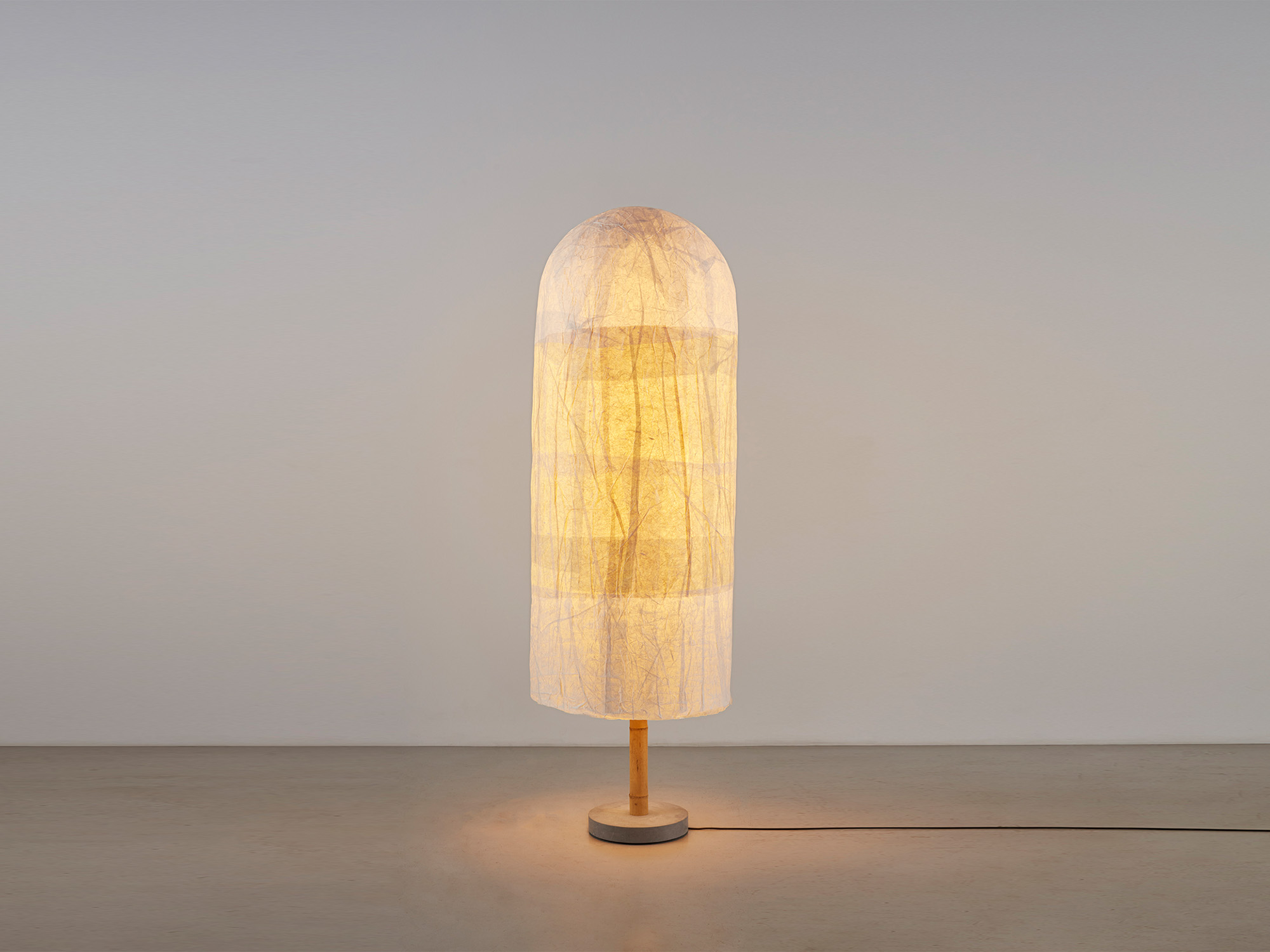
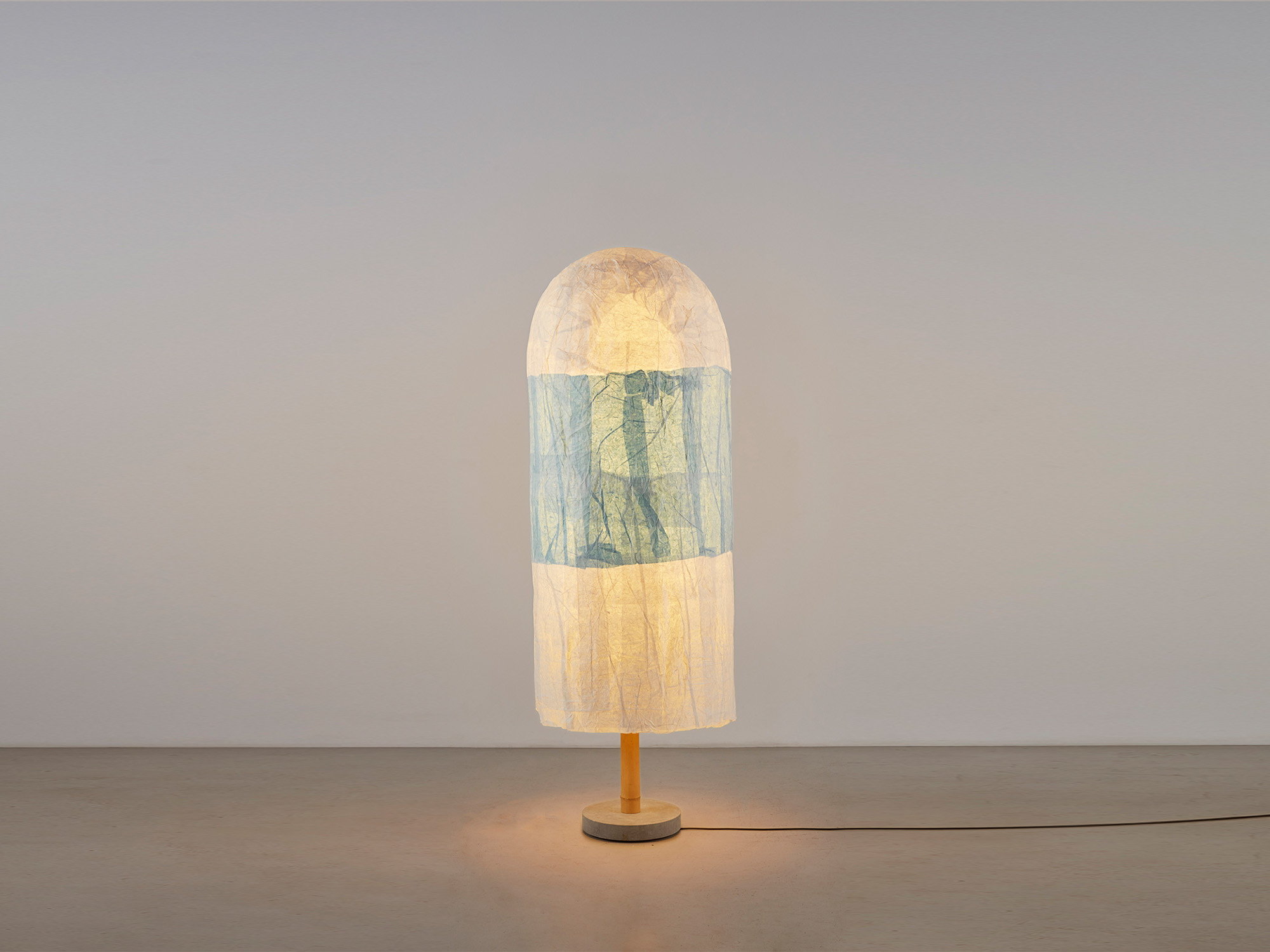
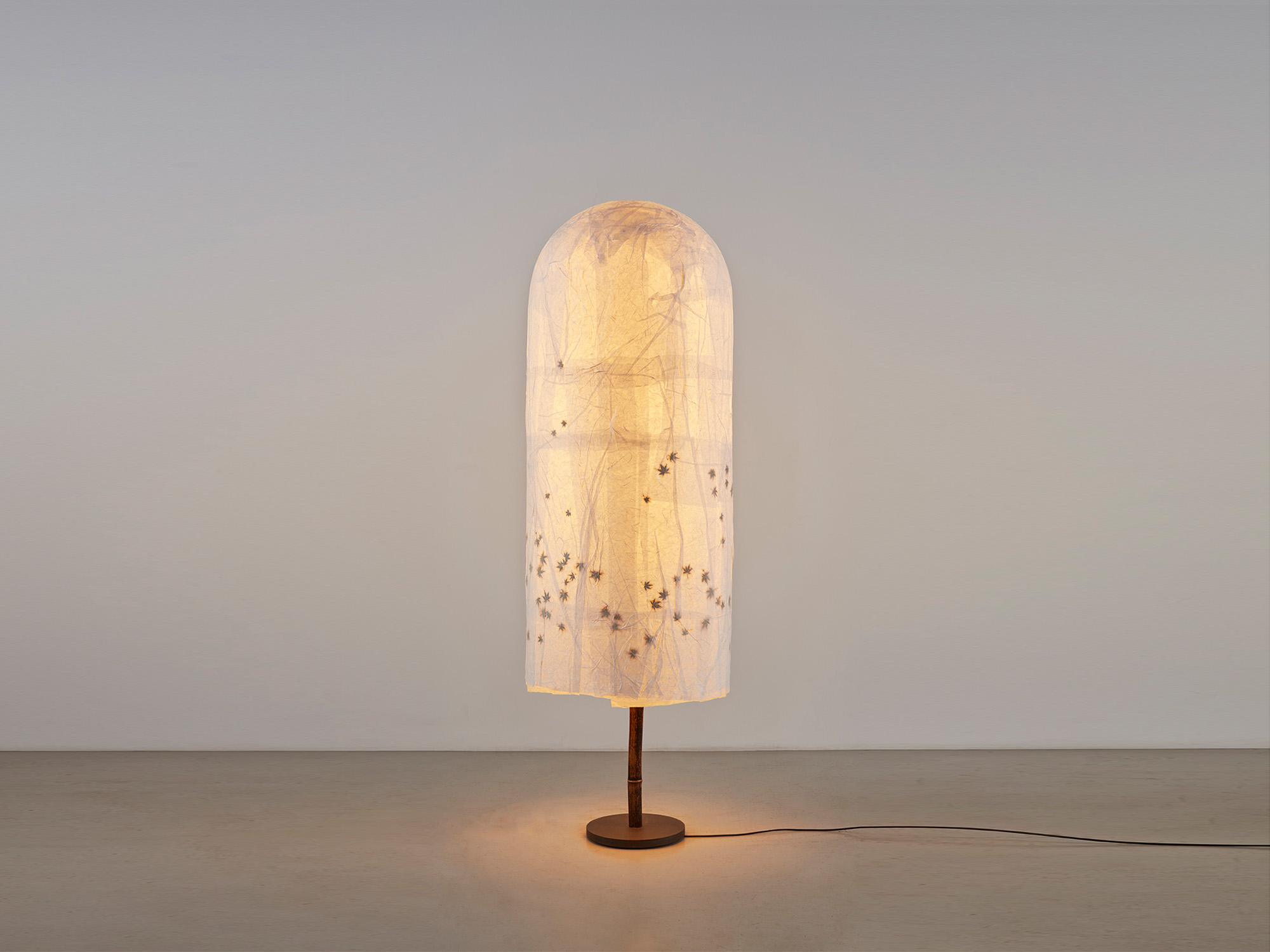
This essay was originally published in exhibition catalogue Andrea Branzi: Contemporary DNA, Friedman Benda, New York, NY, March 2023.
